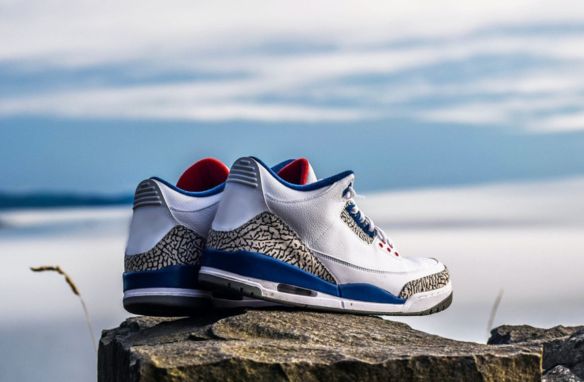Shoes are more than just functional pieces of fashion; they’re a reflection of history, culture, and technological advancement. From humble beginnings as protective coverings to modern-day fashion statements, the evolution of shoe design tells a fascinating story. In this guide, we’ll take a journey through time, exploring the development of footwear from ancient sandals to today’s innovative sneakers and stilettos.
The Ancient World: Sandals and Functional Footwear
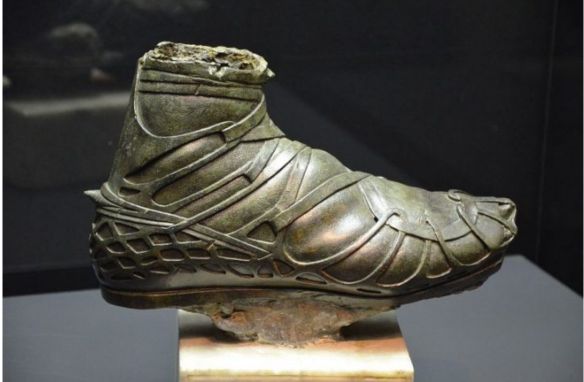
Footwear dates back to at least 10,000 years ago, where simple leather sandals protected feet from rough terrain. Ancient Egyptians, Greeks, and Romans were among the first civilizations to use footwear for both function and social status.
- Egyptian Sandals: Made from woven reeds or leather, these sandals were worn by both royalty and commoners, with more ornate designs reserved for the elite.
- Greek and Roman Sandals: These civilizations took sandal design further, introducing straps and soles with more intricate designs. Roman soldiers wore sturdier sandals (caligae) made for long marches, influencing the development of military footwear.
The Middle Ages: Practicality Meets Status
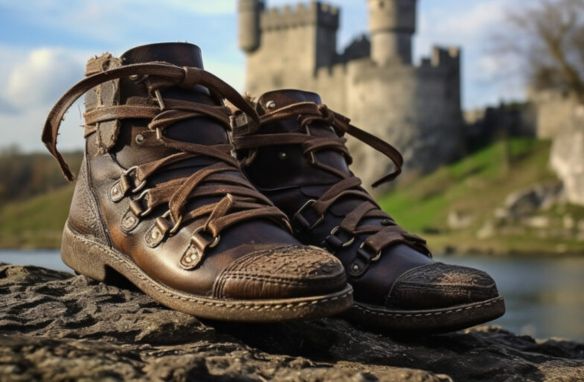
During the Middle Ages, footwear became more specialized and began to indicate social status. Simple leather shoes were common among peasants, while nobility wore more decorative and elaborate styles.
- Poulaines: Popular in the 14th and 15th centuries, these shoes featured long, pointed toes, with the length of the toe symbolizing the wearer’s wealth and status. They were highly impractical but fashionable among the European elite.
- Turnshoes: In contrast, turnshoes were practical, sewn inside-out and then turned right-side-out for durability, used primarily by common folk and workers.
The Renaissance: Heels Take Center Stage
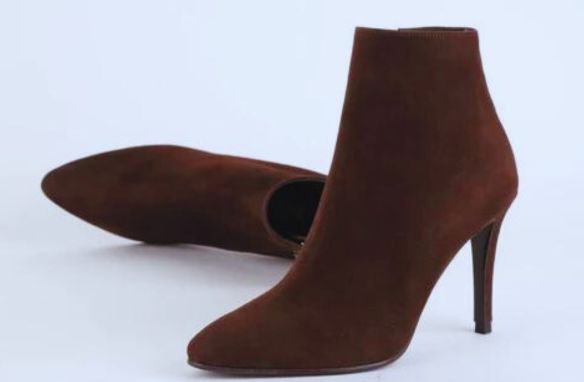
The Renaissance marked a turning point in shoe design, with the introduction of high heels and increasingly elaborate footwear. This era saw shoes as symbols of power, gender distinction, and social hierarchy.
- Chopines: Worn by Venetian women, chopines were platform shoes that could be up to 20 inches high, signifying both wealth and elegance. These towering platforms influenced the later development of modern high heels.
- Men’s Heeled Shoes: During this time, men also wore heels. King Louis XIV of France famously donned red-heeled shoes to assert his status, a precursor to today’s luxury heels.
The 18th and 19th Centuries: Industrialization and Mass Production
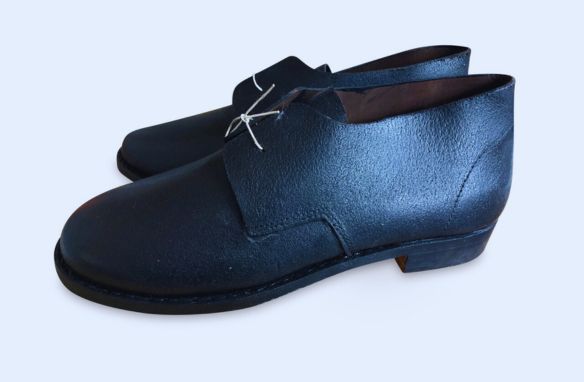
The Industrial Revolution in the late 18th century changed shoe manufacturing forever, introducing mass production and greater accessibility. Shoes began to be made for specific left and right feet, improving fit and comfort.
- Ballet Flats and Slippers: Inspired by dance, ballet flats emerged as a comfortable alternative to heels, worn by women for both formal and casual occasions. They remain a staple in modern wardrobes.
- Oxford Shoes: Initially developed in Scotland and Ireland, the Oxford shoe became a popular style in the 19th century, representing a new era of formal men’s footwear.
The 20th Century: Sneakers, Stilettos, and Subcultures
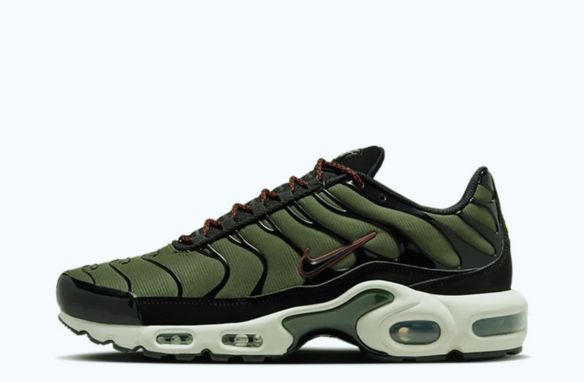
The 20th century saw an explosion in the diversity of shoe design, with technological advancements and changing cultural attitudes influencing footwear. From sports to high fashion, shoes became not just practical but an expression of personal identity.
- The Rise of Sneakers: In 1917, Converse launched the All-Star, the first mass-produced basketball shoe, marking the beginning of the sneaker era. In the 1970s and ‘80s, brands like Nike and Adidas revolutionized athletic shoes, incorporating cushioning and support, turning sneakers into a global phenomenon.
- Stilettos: The stiletto heel, introduced in the 1950s, became a symbol of glamour and femininity. Italian designer Salvatore Ferragamo pioneered stiletto design, using metal reinforcements to create slim, high heels that became a staple in women’s fashion.
- Subculture Influence: The 20th century also saw shoes become central to various subcultures. Punk rockers adopted Dr. Martens boots as a symbol of rebellion, while hip-hop culture embraced brands like Nike and Adidas, turning sneakers into cultural icons.
Modern Day: Sustainability, Innovation, and Customization
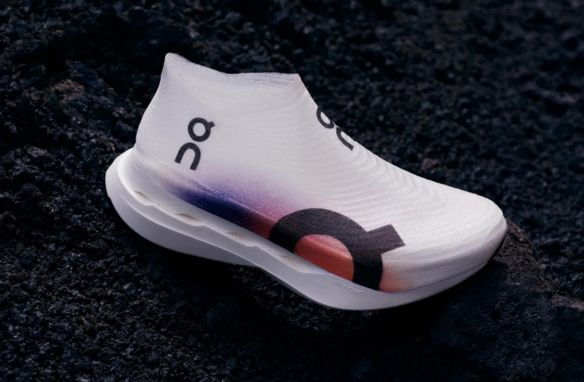
Today’s footwear landscape is more diverse and innovative than ever, combining cutting-edge technology with a focus on sustainability and personalization. From high-fashion stilettos to performance-driven sneakers, the possibilities are endless.
- Sustainable Footwear: With growing concerns over the environmental impact of the fashion industry, sustainable shoes made from recycled materials, vegan leather, and biodegradable components have gained popularity. Brands like Allbirds and Veja are leading the way in eco-friendly footwear.
- Sneaker Technology: Modern sneakers have come a long way from the simple designs of the early 20th century. Today’s performance shoes feature innovations like air-cushioning, foam midsoles, and carbon-fiber plates, offering enhanced comfort and support. Brands like Nike’s Air series and Adidas’ Boost technology are pushing the boundaries of what athletic shoes can do.
3D-Printed and Custom Shoes: Advances in 3D printing and AI-driven design are paving the way for fully customized shoes. Consumers can now order shoes tailored to their exact foot shape, offering a perfect fit. This trend is growing both in athletic wear and luxury fashion.
The Future of Footwear: Tech Integration and Beyond
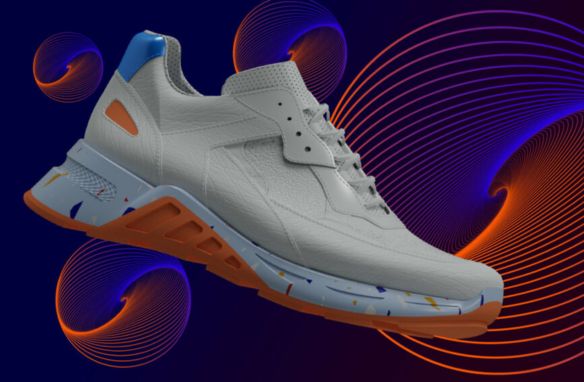
As technology continues to advance, the future of footwear will likely see even more innovation and integration. Smart shoes that track your steps, posture, and even offer real-time health data are already being developed. The rise of virtual fashion could also mean that shoe design transcends physical limitations, allowing for entirely new creative expressions.
- Smart Footwear: Brands like Nike and Under Armour have introduced smart shoes that sync with apps to track performance, and we’re just scratching the surface of tech integration in footwear.
- Virtual Fashion: With the rise of the metaverse and digital fashion, virtual shoes are becoming a new trend. While they may not be wearable in the real world, virtual footwear could offer an entirely new way to express individual style.
Conclusion
From the utilitarian sandals of ancient times to the high-tech, fashion-forward sneakers and stilettos of today, shoes have evolved to reflect the changing needs, cultures, and technologies of each era. As we move forward, shoe design will continue to blend innovation with creativity, ensuring that footwear remains an essential and ever-evolving part of human history.


